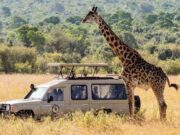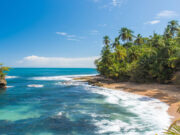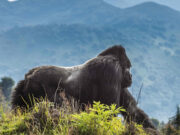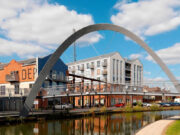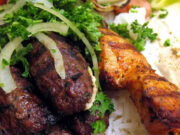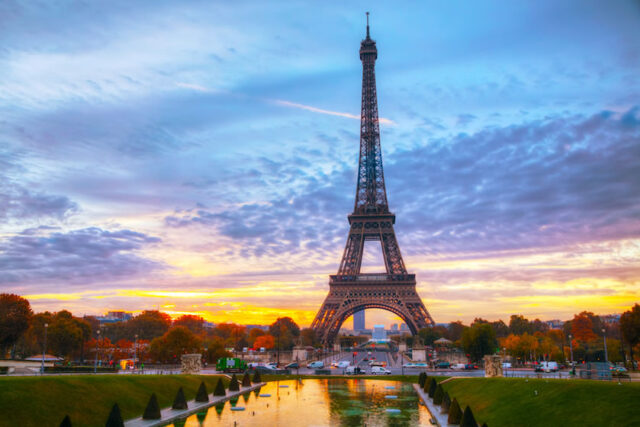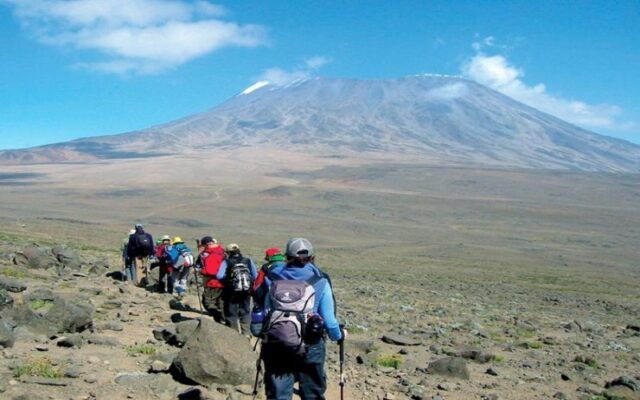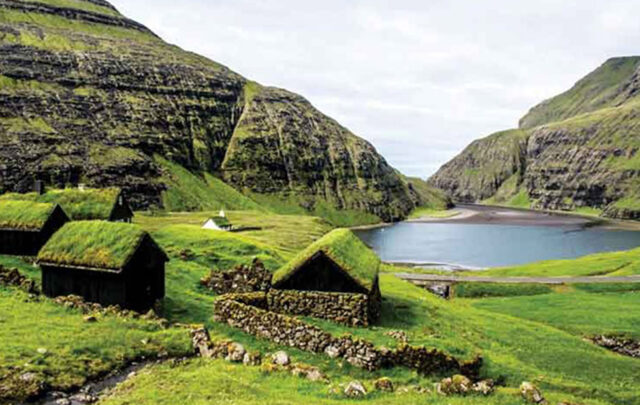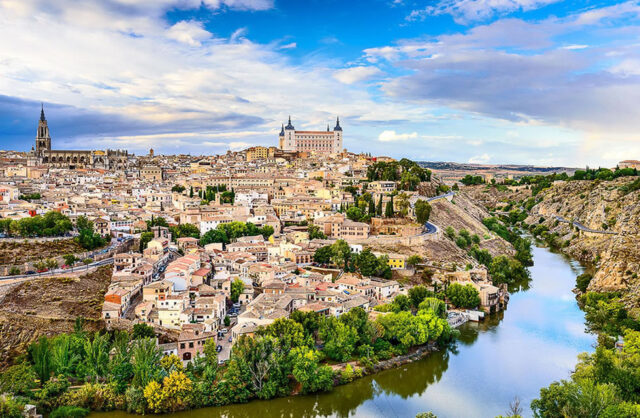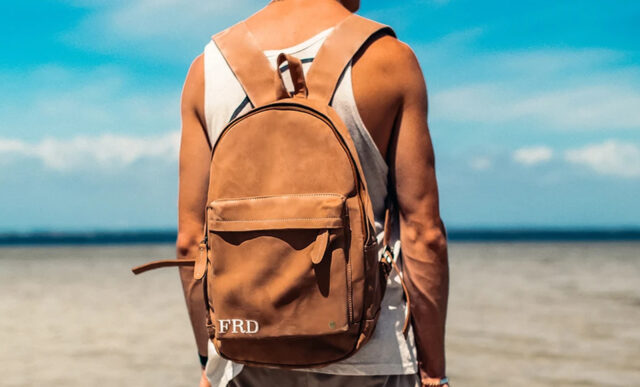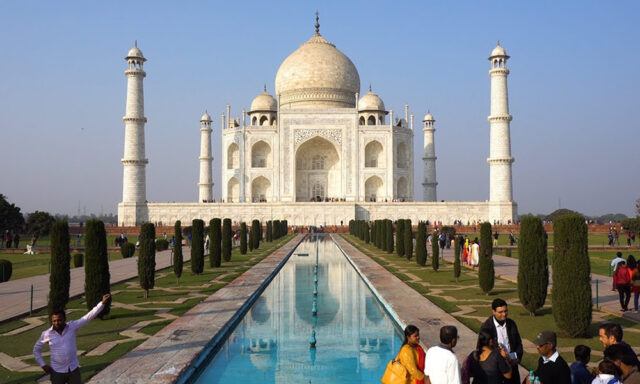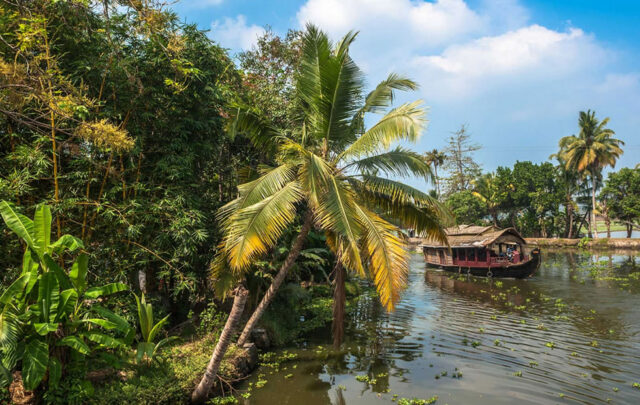Problem
As a full time worker I only have a certain number of holidays per year. 29 to be exact. How do you split them throughout a year to get your travel needs fulfilled and see the best places while relaxing and experiencing the best of a city?
Solution:
Take two days of holiday moved over from last year plus one day from this year and add a weekend. That’s how I got myself the days of pure Spanish bliss. Alternatively add a bank holiday and a weekend taking the plane out on a Friday after work.
I always wanted to see Andalucía and with only four days there wasn’t much leeway. Planning was essential. This is how to travel through Spain and see four cities in four days, completing a Spanish Travel Marathon.
Day One: Malaga
We arrived in Malaga at about 9 pm thinking of spending there Thursday night and Friday afternoon. After we checked in at Oasis hostel we went to dinner to have my first six tapas in the #worldoftapas challenge (more about that in the next post) then went on a pub crawl organised by the Hostel.
Let me just say Oasis is absolutely brilliant. It’s a party hostel, thus not for everyone’s taste, but it was perfect for what we were looking for. Stayed in a 10 bed dorm with an ensuite bathroom for £10 per person. Bargain!
Also, staying at the hostel meant we could go out and see what the nightlife is like with other travellers like us and locals as well, so we didn’t get lost and got into the best clubs.
Not so good for the next morning when we went on a walking tour with a hangover, but totally worth it.
One thing I learned is that walking tours are maybe not the best choice when you only have a day in a city. We spent three hours on it and got kinda bored. His English was quite bad and his tone of voice made me want to lay down and sleep. I swear I will never get a better guide as the guy in Dublin.
Tipping point: If you have a few days in one place get yourself on a walking tour to see the top places the first day and then go back by yourself and explore at your own pace. If you only have one day, get a map and walk around. You’ll get much more out of it.
Day Two: Seville
After the walking tour we walked around a bit and had lunch at El Pimpi Bodega Bar(most famous in Malaga for traditional delicious food and good wine). It lives up to its reputation. Amazing food at more than reasonable prices with a spectacular view of the Roman theatre and the Alcazaba environment.
Delighted by the food and enchanted by the city we decided it’s time to head to our next destination: Seville.
Train to Seville was 25 Euros pp and only takes 2 h. We bought them on the spot and were quite lucky our cards didn’t work at the machine and had to go at the till. If the machines worked, tickets were 45 Euros – almost double and it didn’t display the train we wanted to take.
Tipping point: Ticket machines in Spain have a weird display system so go to the till to get your tickets to avoid paying double.
In Seville we stayed at Sylvia Cocopia – we met at TBEX Dublin, and she was waiting for us ready with a bottle of wine and more tapas. Winner! Needless to say, according to Spanish night out tradition we had a bottillon till 2 am before going out.
Exhausting, really!
Living in Manchester for almost three years has turned me into a softy. Cannot go out till six am anymore and evidence of that: I fell asleep on a chair in one of the clubs around five am. Sorry Sylvia!
Next morning we woke up really early and starting exploring Seville. Perfect weather and lovely city. We walked from the centre to Plaza de Espana and even caught the International Women’s Day protest.
And a street performance of flamenco
Plaza de Espana was lovely and it is one of the most beautiful plazas in Spain. Fact! We walked through the plaza, enjoyed the sunshine and got a bit jealous of the people on the boat rides. None of us knows how to row and with my bad luck we decided that’s an activity for next time. We also had a stroll through Parque Maria Luisa, which is connected.
Fact of the day: Lawrence of Arabia and Star Wars 1 and 2 were filmed there.
After a bit of a tan and lunch at a terrace – which got my tapas number up to 10, we had to go get our bags to move to the next destination.
Initial plan was to stay in Seville two nights (Friday and Saturday) and then go straight to La Herradura to celebrate Eliza’s birthday. Plans change though, so we had to leave on Saturday. But where?
Well, it only took five min to decide: Granada! Booked the hostel (Oasis again – liked it THAT much!!) and packed our bags, took the train and off we went to the hippest, most youthful city with a culture of free tapas.
Train tickets are 23 Euros And it only takes three hours from Seville.
Day 3: Granada
Saturday we got a bit late at the hostel but checked in and in the first five minutes we were already signed up for a pub crawl. Woop wooop!
Have to mention I was a bit disappointed with the room at the hostel. Compared to the exact same room we had in Malaga this one was awful. No space to move, beds too small, bathroom on the hallway. Not the same. Anyway, we weren’t there for the mints on the pillow so got ready for the party. Only the party was cancelled.
And did I mention we also got lost on our way there? Not such a good start in Granada!
Luckily for us we met some mates from none other than ….drum rolls please…Manchester! It’s a small world after all. We went out with them and had a hilarious night. Laughed so much my face was hurting. At the end of the night promised to have a do over in Manc Land soon.
Sunday morning we walked around Sevilla and wanted to go into Alhambra, the most well-known monument of the city and one of the most visited in Spain. It has a defensive area, the Alcazaba, the Nasrid Palaces, named after the Dinasty of the Kingdom of Granada, and the Gardens of the Generalife.
Point is: Make sure you book tickets in advance as you won’t manage to get in unless you get there at 7 am.
We couldn’t, so lesson learned and promise made to go back again. However, we did get to meet a very nice Serbian man that was making a living by making people smile with his parrot. The happy dude with his parrot made me face my fear of birds and gave me the parrot for a picture.
Granada is hip and youthful but for me it seemed more hippy than anything else and I am too much of a busy metropolitan city girl to love it. Sorry Granada.
Nice building architecture and the Islamic influences really give it a different vibe to other Spanish cities but it’s just not my kind of place.
If I missed anything that could change my mind please do tell in the comments.
Day 4: Beach time at La Herradura
With Granada done and ticked it was time to get ourselves some proper beach time so we hopped on a bus to La Herradura. This is a small village half way between Malaga and Granada (2 hours by bus, 6 Euros tickets).
Got there and went for free tapas and most importantly wine, to start celebrating Eliza’s birthday. Night ended wonderfully at a beach bar called La Cochera having a glass of fine Spanish wine and listening to the most perfect playlist I ever heard.
Tipping Point: You can search for it on Spotify. I recommend searching for all their playlists actually. Just type La Cochera LaHerradura.
Monday just went on to be one of the best days: pictures by the beach, sitting in the sun eating free tapas and drinking wine. All day! It’s their fault really, giving free food for every glass of beer/wine you get. Did I mention it was only 3 Euros as well? #IloveSpain
In La Herradura I managed to complete the World of Tapas challenge: 30 tapas and over. Here’s a sneak preview:
For you to get the most out of your annual holiday maybe doing the marathon we did is a bit too much. Yes, we got to see four beautiful cities in Andalucía but we only scratched the surface. I want to go back and get more out of them. But it can be done.
Travel between cities at night between 6pm-11pm so you have a whole day to walk in one city and the night life of the other. It’s all about balance and planning. Also, if you want to skip Seville to visit it on its own, you can. Actually, I recommend it.
And it’s probably easier travel wise.
Bus from Malaga to La Herradura costs six euros and takes only two hours. Same goes for Granada to La Herradura or Almunecar if you wish to get a beach day and a day in the city. Win-Win!
More about the #worldoftapas challenge and photos to prove I did it in the next post. Plus, I met an Andalusian chef in Malaga (Ramon from Patanes Cocineros) and I have an interview scheduled with him. If you want a bit of insight into Andalusian food and drool all over the screen stay tuned.
Can you do a travel marathon or done one already? Let me know in the comments and mention how you managed to do it.
I might just need another holiday after this holiday.



